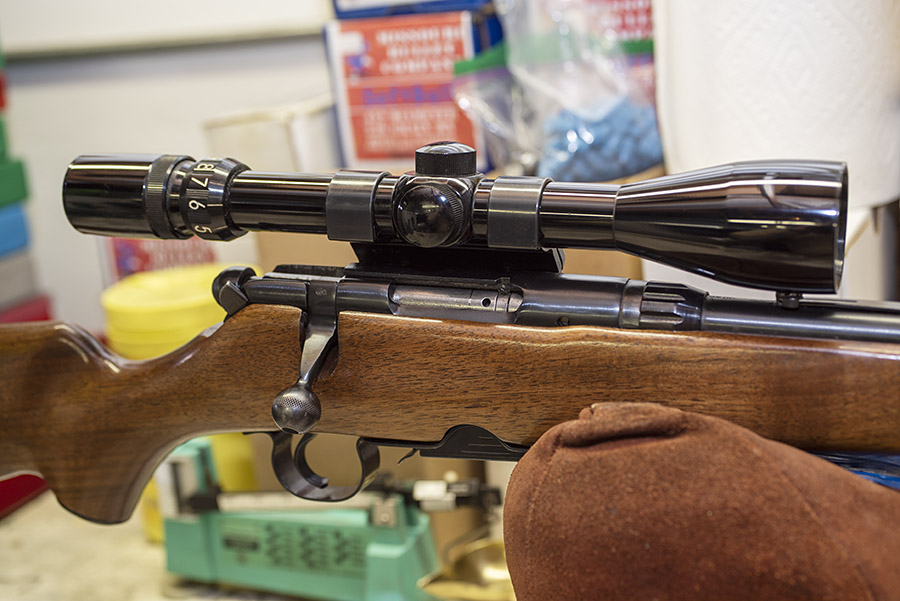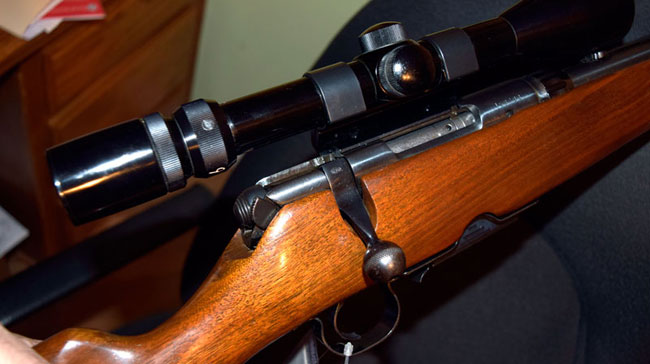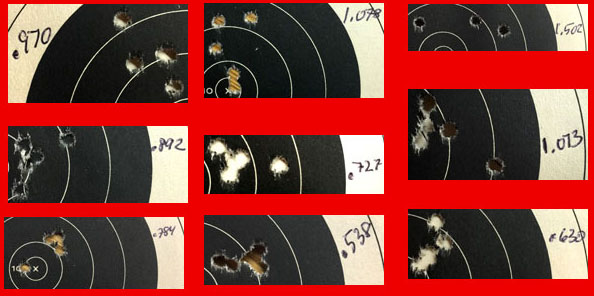The .222 Remington, known as the triple deuce, is an inherently accurate cartridge. I have an old Savage 340 chambered for this cartridge and I’ve written about it before. The Savage was inexpensive and the stock was well worn (it was only $180 from a local shop used gun rack maybe 3 or 4 years ago). I bought it because I never had a triple deuce and I wanted a refinishing project.

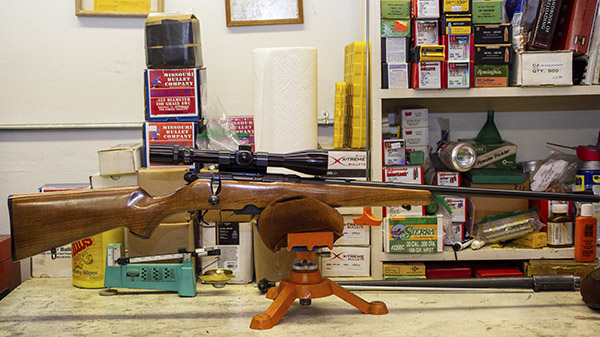
The Savage 340 was an economy rifle back in the day. I have a library of old Gun Digest books, and my 1956 Shooter’s Bible shows that it sold for $62.
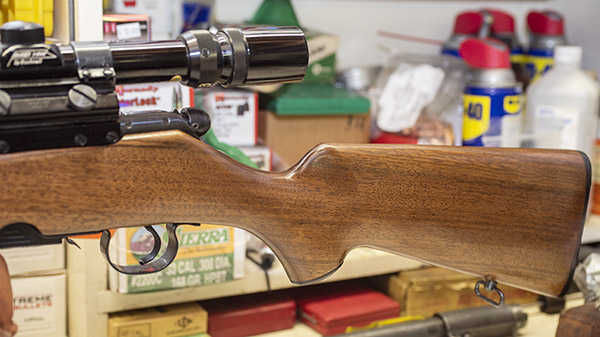
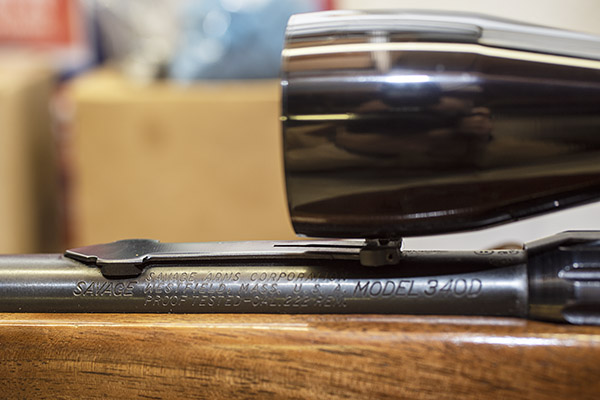

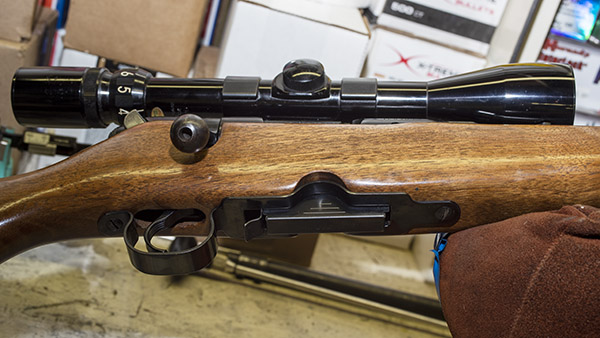
I recently bought an 8-pound bottle of XBR 8208 propellant (these days, you buy what’s available), and I wanted to see where the accuracy was with this propellant and 55-grain full metal jacket boat tail Hornady bullets. I use these bullets in my Mini 14, and I was pretty sure they would do well in the .222 Savage, too.
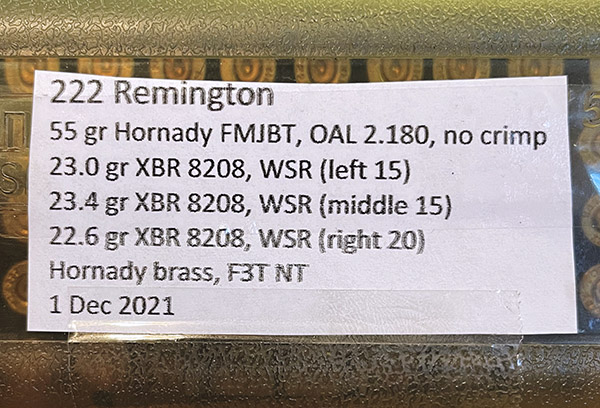
The accuracy load for the Savage is 23.4 grains of XBR 8208. Not bad for $180, a little elbow grease, a little TruOil, and an hour on the range at 100 yards.
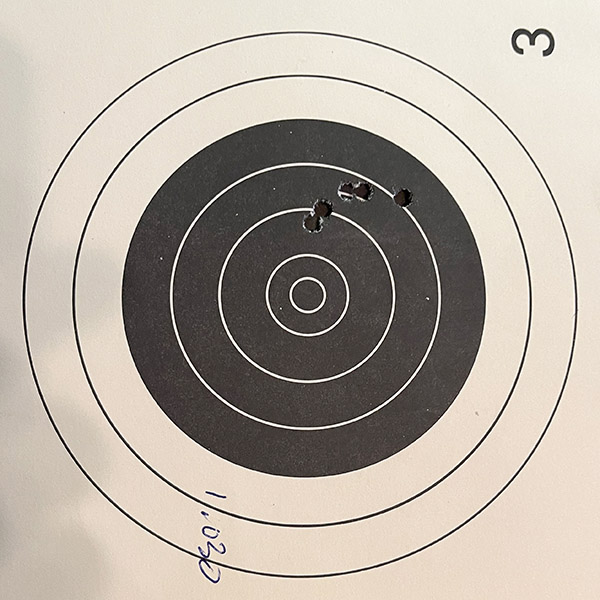
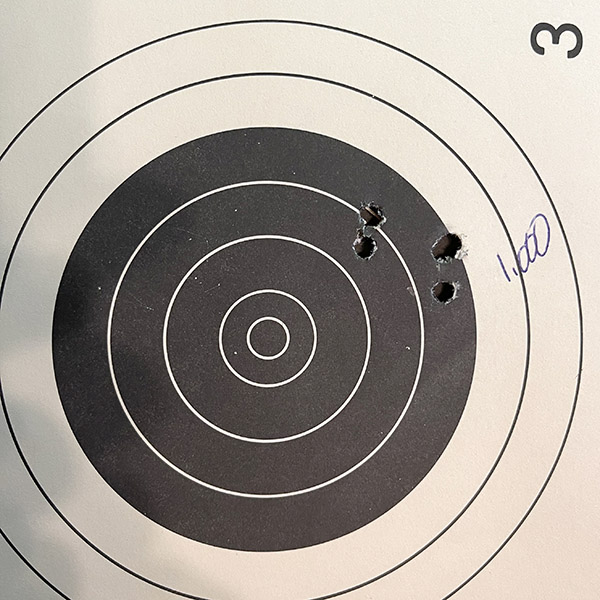
The rifle could do better. The stock has a lot of drop at the heel and it is designed for the iron sights on the rifle. And that would be okay, but the Savage has a scope on it and I wanted to play with it. It’s difficult to get a consistent cheek weld because of the scope’s height and the stock’s drop (I’m shooting with my chin almost on the stock). I may cast about for one of those leather cheek pads that lace onto a rifle, or I may leave it as is.
This lightweight and accurate rifle would be a hoot chasing jackrabbits in west Texas, which is what I spent a lot of my earlier years doing. Maybe someday I’ll go back.
About those other links…here’s the series on refinishing the Savage:
Refinishing Savage: Part 1
Refinishing Savage: Part 2
Refinishing Savage: Part 3
Refinishing Savage: Part 4
And here’s the blog about my first day on the range with this rifle!
More Tales of the Gun!
Never miss an ExNotes blog…subscribe for free!

